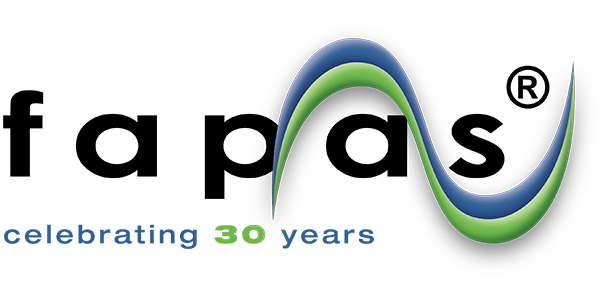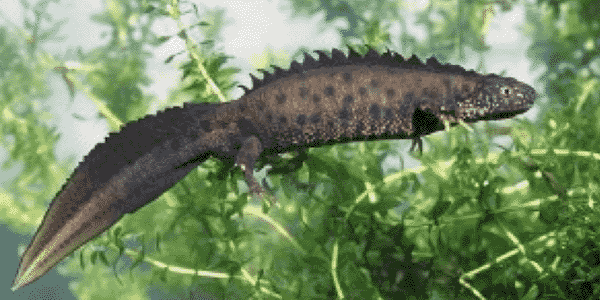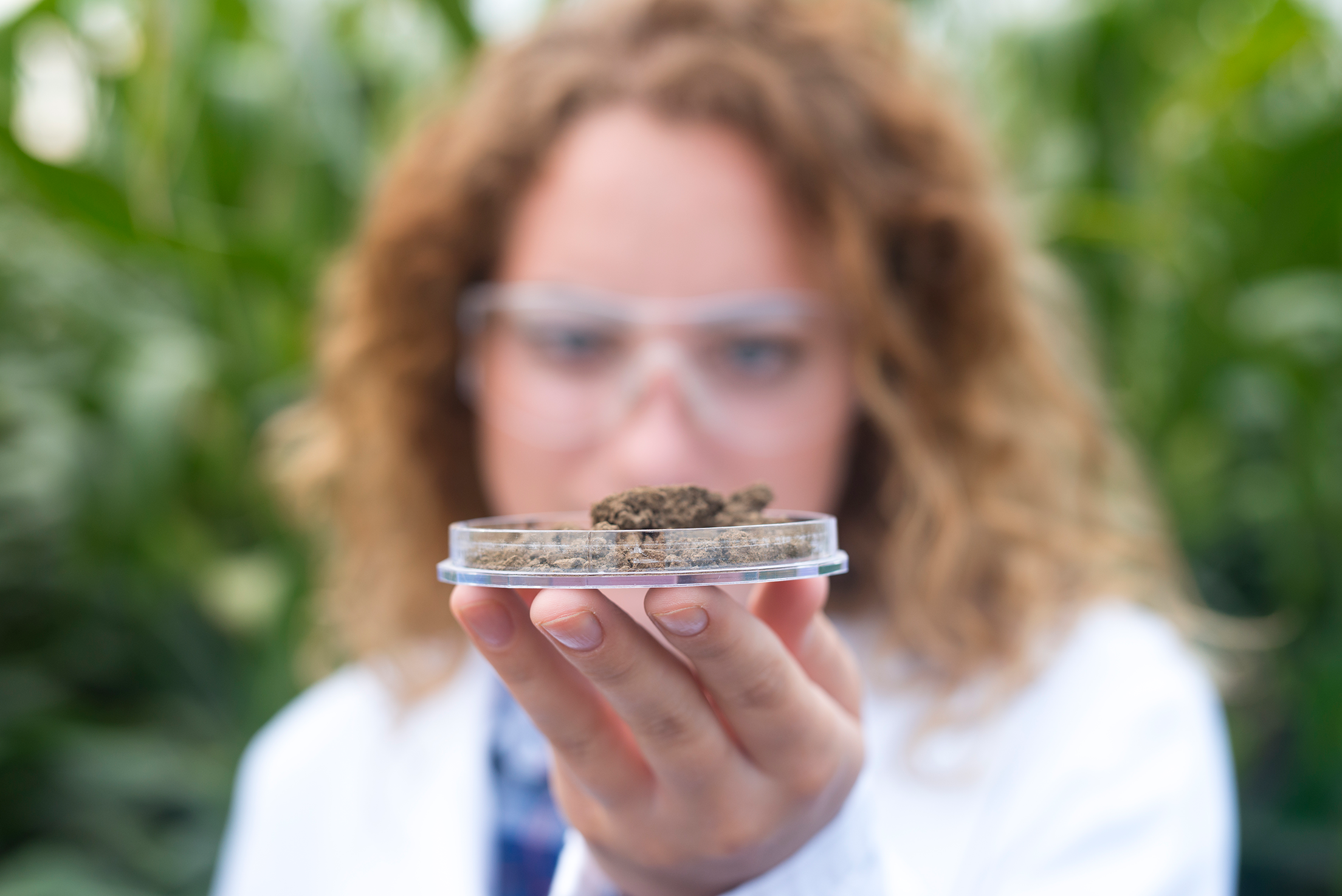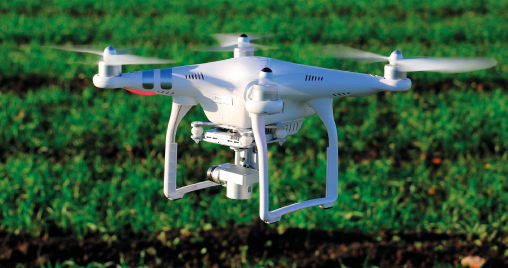Fera Science Ltd webinar suggests multi-sector collaboration is needed to develop an evidence base to establish that insect bioconversion (IB) can recover value from harder to treat food waste, driving sustainability and circular business models across the UK’s waste sector.
Food waste and food loss is a major global problem with the UN’s Sustainable Development Goal 12 setting a target to tackle the issue in section 12.3. The Champions 12.3 coalition[1] have committed to accelerating progress towards this target and present a hierarchy of food waste destinations to achieve this. At the top is waste prevention, followed by redistribution, then animal feed and biomaterials processing. [2] The process of anaerobic digestion (AD), currently widely used in the UK for the treatment of food waste, sits below animal feed and biomaterial processing as set out in this hierarchy. In contrast, IB recovers value at a higher point on the hierarchy.
section 12.3. The Champions 12.3 coalition[1] have committed to accelerating progress towards this target and present a hierarchy of food waste destinations to achieve this. At the top is waste prevention, followed by redistribution, then animal feed and biomaterials processing. [2] The process of anaerobic digestion (AD), currently widely used in the UK for the treatment of food waste, sits below animal feed and biomaterial processing as set out in this hierarchy. In contrast, IB recovers value at a higher point on the hierarchy.
The definition of ‘food waste reduction’ in relation to specific targets is undergoing refinement as it is now recognised that waste has value, based on the marketable commodities that can be produced by the processing of this material. This is changing the dynamics of the waste processing industry.
At a recent Fera webinar,[3] the potential of IB to recover and valorise the calorific and nutrient value of food waste within a sustainable and circular business model was discussed. David Tompkins, Associate Director of the consultancy WSP stated that “Insect bioconversion can recover the calorific value of waste straight away”.
IB is a technology to reduce and valorise food waste to animal feed and biomaterials, in line with the four destinations described above. For the .jpg?width=300&height=200&name=shutterstock_327237392%20(2).jpg) IB process, the most commonly used insects, black soldier fly (BSF) and yellow mealworm (YM) are currently fed on a substrate of mainly vegetal material. The resulting larvae can be processed to produce protein and lipids, which can be further developed as industrial lubricants and biodiesel. Chitin is also produced which can be converted to chitosan for a number of industrial uses. Research groups have identified antimicrobial peptides produced during IB, with the potential for use as alternatives to certain antibiotics. The residual material, called frass, is a product which can be used as a plant fertiliser with recent research also indicating biostimulant and biopesticide properties.
IB process, the most commonly used insects, black soldier fly (BSF) and yellow mealworm (YM) are currently fed on a substrate of mainly vegetal material. The resulting larvae can be processed to produce protein and lipids, which can be further developed as industrial lubricants and biodiesel. Chitin is also produced which can be converted to chitosan for a number of industrial uses. Research groups have identified antimicrobial peptides produced during IB, with the potential for use as alternatives to certain antibiotics. The residual material, called frass, is a product which can be used as a plant fertiliser with recent research also indicating biostimulant and biopesticide properties.
In summary, IB can be used to ‘fine tune’ the valorisation of waste in an efficient and sustainable way with the focus on the output of marketable commodities.
Maureen Wakefield, Principal Scientist, Entomology at Fera Science confirmed during the recent webinar that there is an increasing number of co-products of IB with a wide and increasing range of applications, but the substrate (waste stream) on which the insects are raised is key.
With optimal nutritional input from the substrate, BSF larvae production can be completed in just 12 days. However, with sub-optimal nutrition the process can take up to 9 months. Currently, no meat or fish products, most likely to enhance nutritional qualities, are permitted for use in substrates for IB In the UK and EU for regulatory reasons. The nature of the substrate used will have a huge impact on the lifecycle analysis (LCA) of IB, determining the sustainability and circularity credentials of the process and the products it produces.
Tesco, a founder member of Champions 12.3, has committed to halve their food waste by 2025 and recover the calorific value of food waste as high up the waste hierarchy as possible. They have fully recognised the value of IB for waste reduction and valorisation and in 2024 will be opening an insect bioreactor in the UK which will process 60,000 tonnes of food waste that cannot be directly redistributed for human consumption.
Ben Dingley, Tesco Food Waste Operations Project Manager explains:
“Tesco want to honour their sustainability commitments but within a ‘break even’ or ‘profit model’, IB provides the solution. IB is a flexible and fast process, and the outputs are quality products which are in demand in the marketplace and there is innovation and technology development within that space to make better use of these commodities.”
Tesco have full control over their supply chain, therefore the quality and consistency of the substrate for IB can be guaranteed to ensure operation within current legislative restrictions.
Local authorities (LA) will be required to introduce weekly food waste collections to all households in England, including flats, by 31 March 2026[4] – unless they need longer to transition due to a long-term waste disposal contract. This provides an opportunity for multi-stakeholder collaboration to obtain evidence to fully understand the options for the recovery of the maximum commercial return from this ‘harder to treat’ waste stream. Regulatory restraints in the UK currently do not permit this household sorted material to be used as a substrate for IB.
collaboration to obtain evidence to fully understand the options for the recovery of the maximum commercial return from this ‘harder to treat’ waste stream. Regulatory restraints in the UK currently do not permit this household sorted material to be used as a substrate for IB.
However, Maureen Wakefield explained during the webinar the on-going work at Fera:
“Fera has been commissioned by the Food Standards Agency (FSA) to assess the safety of insect larvae produced using food waste containing meat and fish as a substrate for IB. Evidence from this research – expected by end of 2023 - has the potential for use assess the opportunity for changes to regulation as a result.”
Cross-sector collaboration is now required to develop an evidence base to assess whether IB is an effective and safe technology for the processing of harder to treat waste streams, such as kerbside food waste. This ‘evidence package’ including LCAs, would need to include business models for premarket stakeholder engagement, needed to drive education and understanding across the waste industry. Such evidence about the current benefits and future potential of IB is needed also to attract funders and technology advisors to facilitate early engagement with stakeholders, particularly local authorities, in advance of the instigation of public procurement processes to commission facilities and providers.
Andrew Hirst, Partner in specialist legal firm Womble Bond Dickinson confirmed the need for this approach.
“There is a lack of evidence to compare IB with other technologies. An evidence base will enable waste operators to present evidence to local authorities about the potential benefits of IB and how the ‘end to end’ supply chain looks to give confidence that the technology will deliver as promised.”
Collaboration is also required to obtain and collate evidence about potential synergies of IB with existing waste management practices such as AD and composting to maximise valorisation into additional marketable commodities to further drive circularity and sustainability.
Maureen Wakefield confirmed that there are potential synergies for IB with AD.
“More research is required, but there is the potential for co-location of IB at AD plants, in particular for access to an energy source.”
The recent investment in IB technology by Tesco confirms that IB as a circular business model has the potential to achieve both profit and purpose. Further multi stakeholder collaboration is now required to obtain the evidence necessary to compare it with existing waste management practices and ensure its consideration as an effective and safe method for maximum valorisation of harder to treat waste streams. The results from such collaborative research will also be utilised to secure the change in UK legislation to allow the use of waste containing meat and fish as a substrate for IB.
Ben Dingley of Tesco confirmed that co-operation during the Fera webinar.
“Tesco will be working with Fera to support the opening up of legislation to allow for the better utilisation of IB in the UK.”
Jess Barker, Business Development Manager at Fera, wound up the webinar by confirming the need for collaboration to deliver the evidence that is required.
“There is much work to be done to gather evidence to drive sustainability and ensure that the calorific value of household food waste that could be coming into the waste system is retained within the food chain. Reclaiming those useable calories for the food system is an achievable aim. One of Fera’s key remits is to ensure that is achieved safely.”
Fera Science, its experts and Insect Research Laboratory facilities are available to support that aim, by conducting research, facilitating discussion, enabling collaboration as well as supporting the conversion of ideas into commercial propositions.
For more information and to book a consultation, you can request a meeting with Jess here.
Use this link to access the series of Fera webinars on Insect Bioconversion and the technology’s potential for different sectors.
----------------------------------------------------------------------------------------------
[2] https://champions123.org/sites/default/files/2020-09/champions-12-3-guidance-on-interpreting-sdg-target-12-3.pdf
[3] https://www.fera.co.uk/insect-bioconversion-reforming-the-food-system
[4] https://www.gov.uk/government/news/simpler-recycling-collections-and-tougher-regulation-to-reform-waste-system#:~:text=Weekly%20collections%20of%20food%20waste,food%20waste%20heading%20to%20landfill.








.jpg)